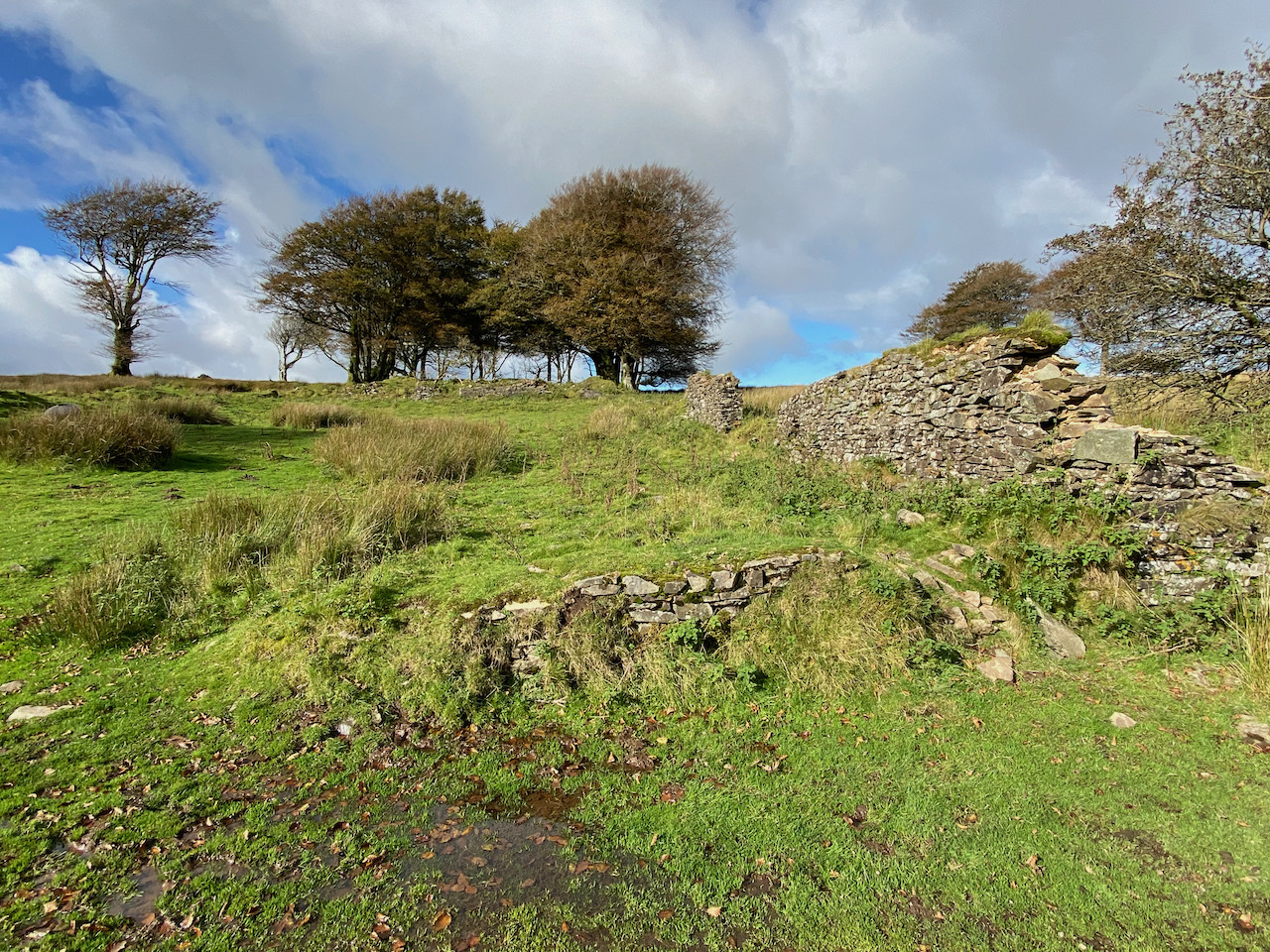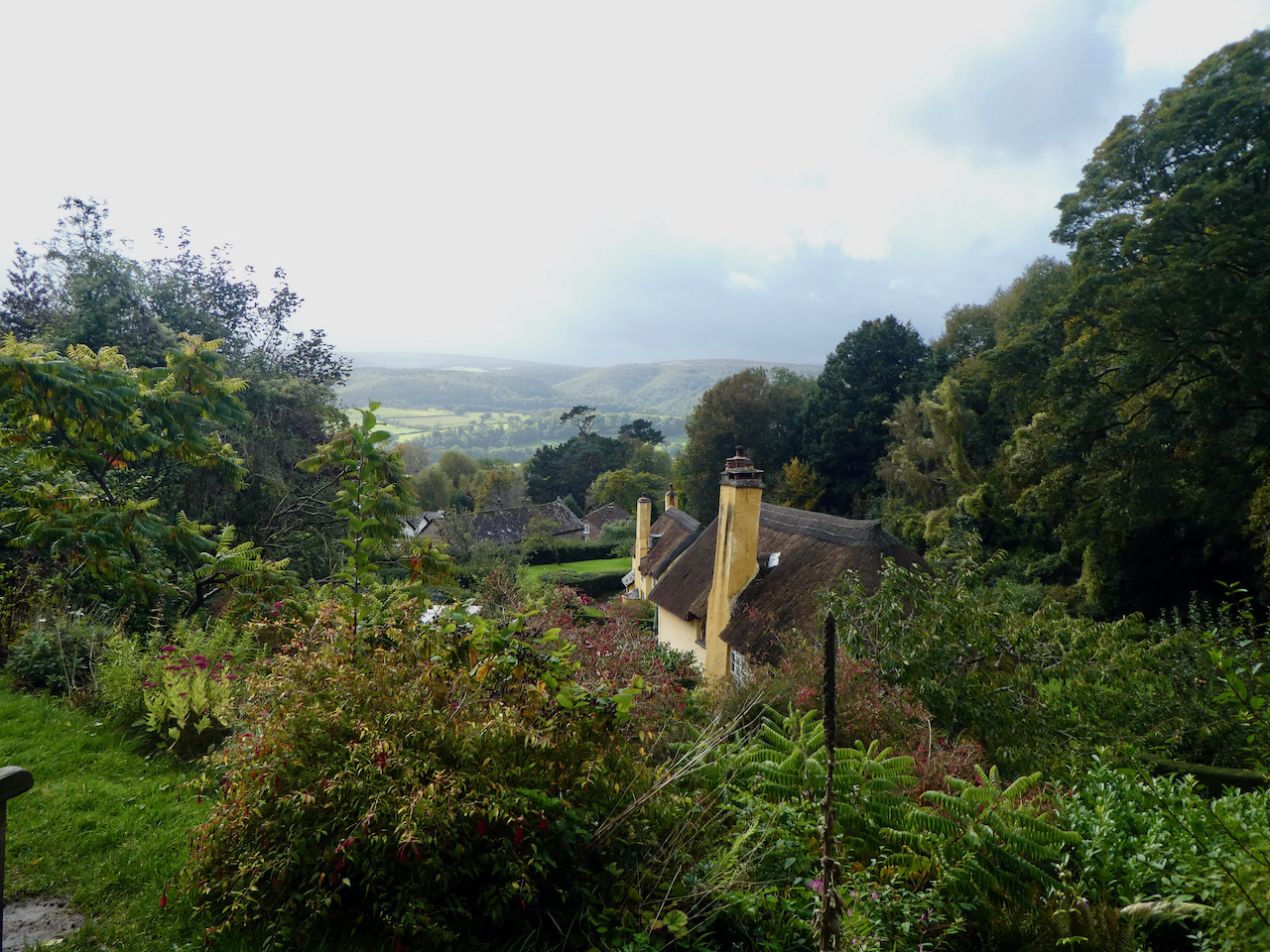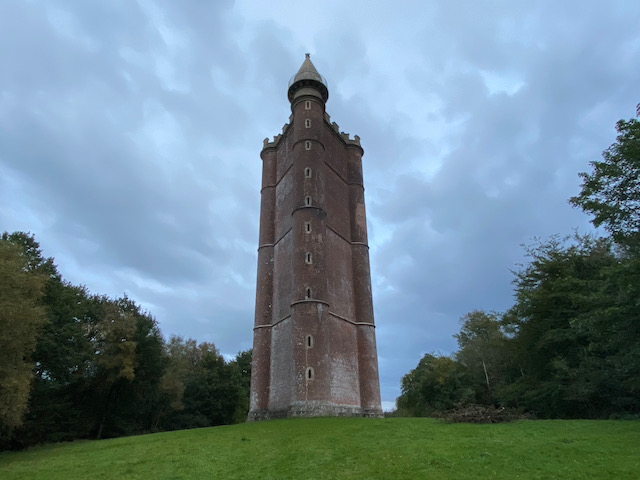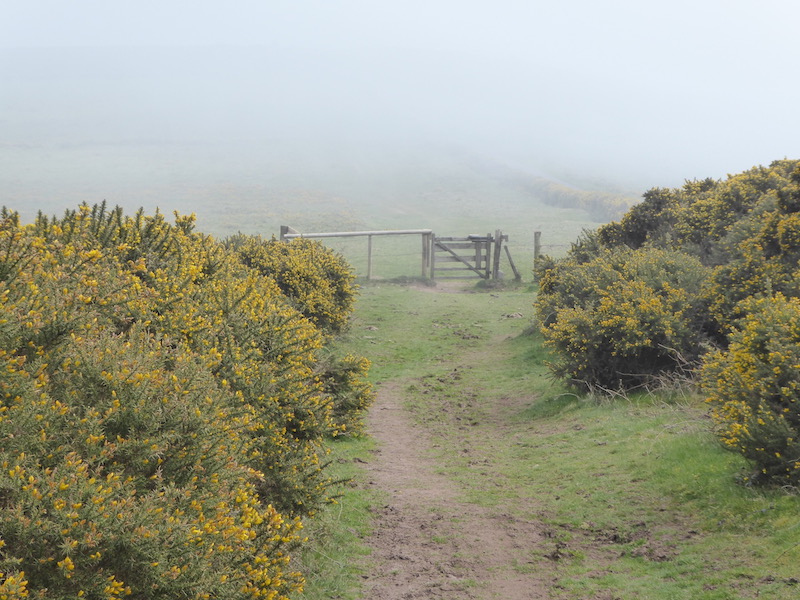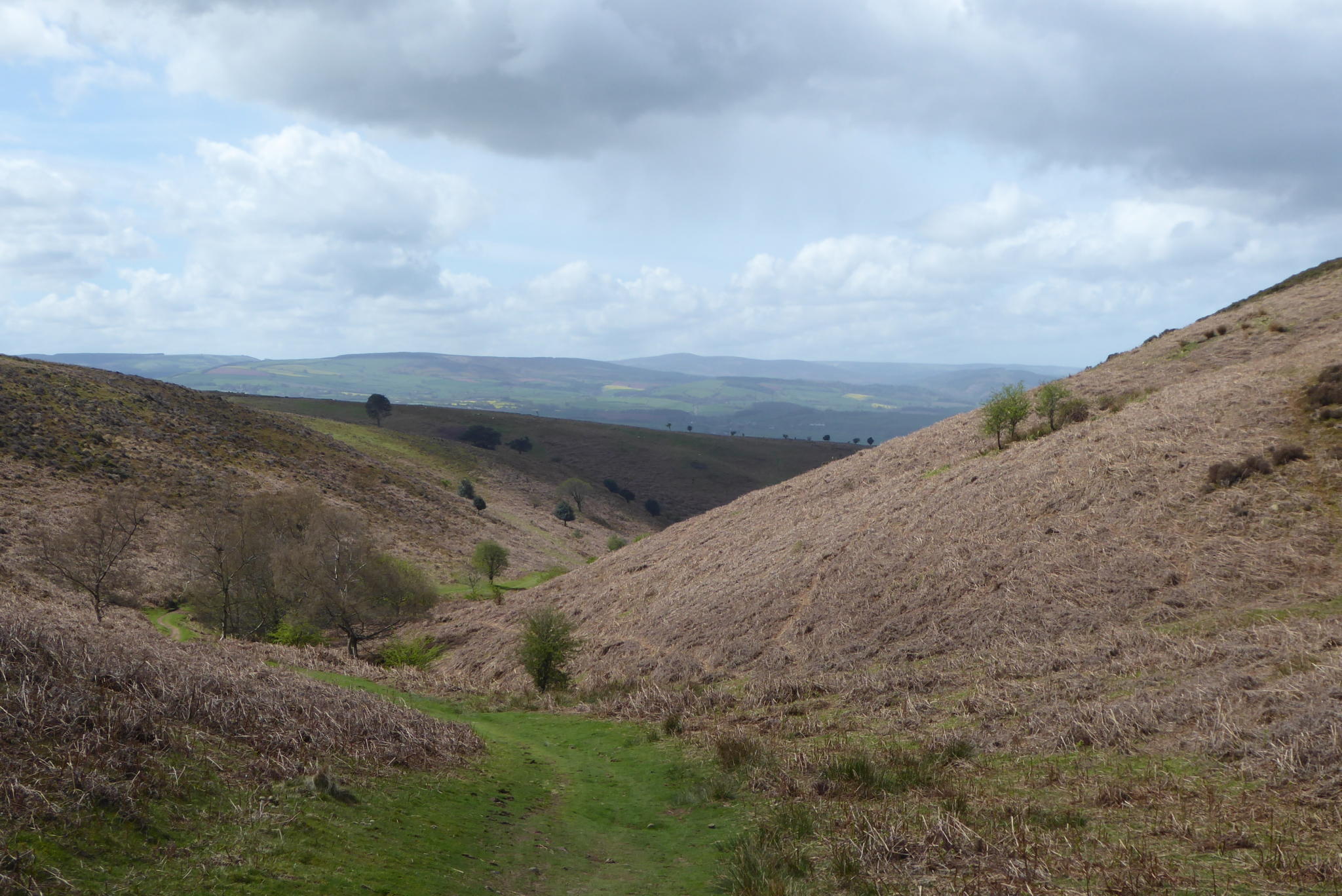A couple of days ago I went on a very muddy walk and passed St Nicholas’ Church in Lower Oddington. At the time there was funeral service taking place so I was unable to visit the church. I have read that it has an interesting interior so we are heading there today. After our walk in the sunshine yesterday Lynnie has decided to join me as long as I can find a route that does not involve mud!
We are once again walking from the caravan site leaving Pebbly Hill Nurseries CL by the gate to turn left along the track passing the converted barns. At the road we turn left and then after a few yards take a footpath on the right which heads between fields.

The path leads us across a couple of fields towards Jay Farm, on reaching the B4450 we turn right and walk along the wide grass verge until we reach a footpath on the left which leads along the driveway of Bledington Grounds.

The footpath follows the driveway as it goes around properties and barns and continues towards woodland at Lower Oddington Ashes. Reaching the woodland we turn to the left to follow a track along the edge of the woodland towards Lower Oddington.

Near the village we reach St Nicholas’ Church, parts of which date back to the 12th century.

Inside there is a medieval wall painting which is thought to be one of the largest in the country. We have seen a few of old wall paintings in churches on our travels but I don’t remember one as clear as this.

After visiting the church we continue along the lane into the village of Lower Oddington. At a road junction we turn left through the village to pass the church of the Holy Ascension. Soon after passing the church we reach a junction and carry straight on towards Upper Oddington. There is a pavement beside the road connecting the two villages. In Upper Oddington we stick with the road and ascend through the village passing the Horse and Groom pub.
Just after leaving the village we take a footpath on the right following the Macmillan Way. This narrow path heads downhill to a field and then goes diagonally uphill across the field on the route of the Macmillan Way heading towards a junction of paths to go left to a covered reservoir.

The path leads through bushes and emerges on the grounds of Stow-on-the-Wold Rugby Club. We follow the way-markers past the clubhouse and continue on the southern edge of the grounds.

Leaving the rugby ground we join a path which soon goes beside paddocks. Over the hedge to the right is Millay Tower. This former sawmill was built in 1307 and is believed to have been used by the monks of Maugersbury. It has now been converted into a residential home.

The path heads south to reach the B4450 where we turn right heading towards Stow-in-the-Wold. Just as this road joins the A436 we take a minor road on the left heading for Maugersbury.

In the village we continue along the route of the Macmillan Way until we reach a junction here the Macmillan Way continues into a no through road but we turn left and follow this lane until we reach a track on the right leading downhill towards Oxleaze Farm. After passing the parapets of a bridge on the dismantled Banbury to Cheltenham Direct Railway the footpath continues along the track to pass the farm buildings of Oxleaze Farm.

We then continue up Maugersbury Hill until the track joins a road. Here we continue straight on heading towards Icomb. In the village we turn right to pass Home Farm.

At a junction in the village we turn left passing the church of St Mary and continue along a track leading towards Middle Farm.

The track heads downhill to reach a footpath on the left which we follow across a stream and continue heading east across fields. After going through gates the path runs beside a field as we head towards Lower Farm.

The path goes alongside the wall of Lower Farm. The route is clearly marked and carries on across further fields to reach a pleasant meadow.

After going through another field the path arrives beside the gate of Pebbly Hill Nurseries CL. We have covered just over nine miles. It has been pleasant walking and much of the route was a repeat of a walk I did a few days ago, however, this time it was a lot less muddy!
You can view this 9 mile walk on OS Maps and download the GPX File Here
To follow my walk you will need Ordnance Survey Outdoor Explorer OL 45 – The Cotswolds
23rd May 2021
© Two Dogs and an Awning (2021)
All information on this site is provided free of charge and in good faith and no liability is accepted in respect of damage, loss or injury which might result from it. To the best of my knowledge the routes are entirely on public rights of way or within areas that are open for public access.
Walking can be hazardous and is done entirely at your own risk. It is your responsibility to check your route and navigate using a map and compass.

